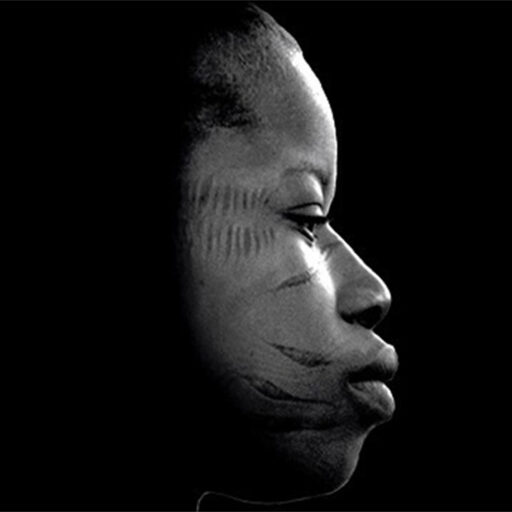Quando um lápis consegue o mesmo que uma câmera.
Estas imagens não são fotos em preto e branco, mas sim desenhos de uma jovem artista nigeriana
no El Pais
Ela mesma, com seus 23 anos, parece estar consciente de que muitas pessoas não sabem em que categoria se enquadra sua arte. Talvez por isso apresentou desta forma a sua obra em 17 de janeiro, no Twitter: “Meu nome é Chiamonwu Joy, sou uma artista hiper-realista nigeriana. Desenho com lápis em papel. Tudo isso são desenhos”.
My name is Chiamonwu Joy, A Nigerian Female Hyper-realistic Charcoal Artist. I draw with charcoal pencils on paper. These are all drawings. pic.twitter.com/f0nfuVIgHt
— Chiamonwu_Joy_Art (@ChiamonwuJoyArt) 17 de janeiro de 2018
A mensagem foi retuitada mais de 84.000 vezes em dez dias. O Twitter dedicou um Moments à postagem e veículos de todo o mundo escreveram sobre ela. “Desenho desde que tinha 7 anos. Na escola primária, descobri que adorava artes”, disse ao jornal britânico Metro.
O site sobre cultura pop Kunbini afirma, em um artigo, que os desenhos de Joy se inspiram na cultura igbo, original do sudeste da Nigéria. A resenha abordava a participação da artista na exposição Insanity Art Exhibition, realizada no fim de 2016 em Lagos, uma das maiores cidades do país africano. Ela era a única mulher a participar da mostra.
Os novos desenhos de Joy, que chamaram mais atenção na Internet, pertencem à série intitulada Antigo Testamento. “São obras criadas em uma tentativa de fazer com que as pessoas vejam com seus olhos os capítulos escondidos, as páginas perdidas e as conchas enterradas, uma tentativa de nasça, mesmo dentro dessa bruma, uma onda de nostalgia”, explica a artista em sua conta no Instagram.
“Não consigo acreditar que são desenhos”, talvez alguém ainda pense. É um dos comentários mais repetidos nas postagens de Joy nas redes sociais. Será que você se convence com este vídeo e estas imagens que mostram como a artista cria uma de suas obras?
Nos últimos dias, outros artistas hiper-realistas nigerianos também atraíram muita atenção na Internet. Ken Nwadiogbu, de 23 anos, também conseguiu que um tuíte seu com suas obras fosse retuitado milhares de vezes. Ele se apresenta da mesma maneira que Joy.
Artwork done with pencil on paper. Music by @wandecoal pic.twitter.com/VUvXT2vvjx
— Ken Nwadiogbu (@kennwadiogbu) 19 de janeiro de 2018
O hiper-realismo é um estilo adotado por muitos artistas, como os italianos Marco Grassi e Diego Koi, o mexicano Omar Ortiz e o nigeriano Arinze Stanley. A seguir, mais fotografias – ou melhor, obras – da artista nigeriana.




